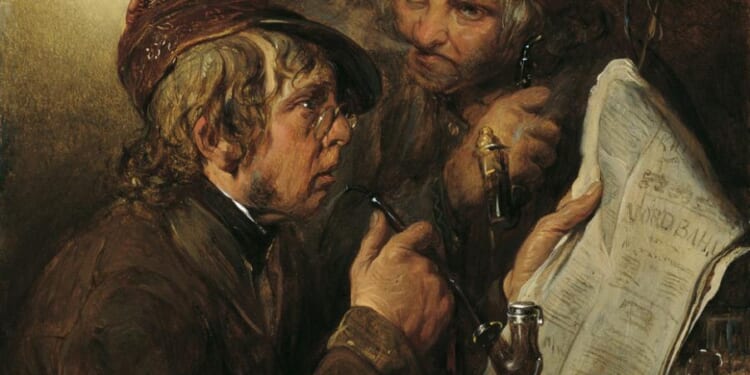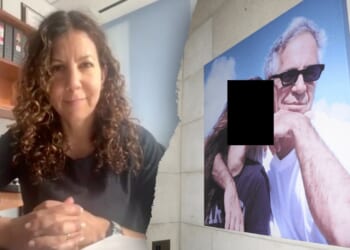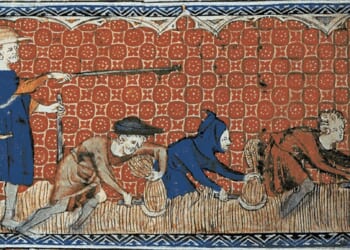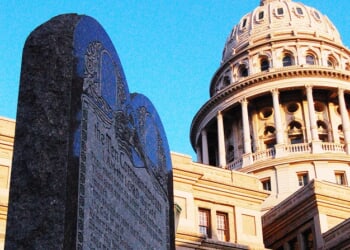Jimmy Kimmel is back, not only unrepentant but glorying in his new role as the people’s champion of “free speech” against the “un-American” tyrant in the White House. The closest he got to an apology for the faux pas that got his show briefly suspended by his paymasters at Disney-ABC was the assurance that “I don’t think the murderer who shot Charlie Kirk represents anyone.” So if he didn’t represent anyone, he didn’t represent MAGA, which was the crux of the earlier remark, the one that got him into trouble.
Anyway, he hadn’t meant the remark literally, since he also said that the president, who objected to it, “can’t take a joke.” But wait a minute. He also said that “it was never my intention to make light of the murder of a young man.” So it wasn’t a joke that the president couldn’t take? No indeed! He said, “I don’t think there’s anything funny about it.”
If Mr. Kimmel was trying to defend himself against the charge of lying, I don’t think he was doing a very good job of it. But of course that’s not what Mr. Kimmel was trying to do. That would have required him to make an argument, and the people who were hooting and stamping and cheering his return didn’t need any stinkin’ arguments to know that their Jimmy was right on, no matter what he said. In any case, the Left doesn’t do arguments anymore. That was the real lesson of Charlie Kirk’s murder: he tried to argue with them, and he was killed for it.
But I think it is a mistake to describe the initial Kimmel offense as a “lie.” A lie, to be a lie, can theoretically be exposed by the truth. But what Mr. Kimmel did was what the media does every day, which is simply to abolish the truth that could have laid bare his lie. For him and for his audience, who are an essential element in this conspiracy against the truth, the overwhelming evidence of the killer’s motivation by unhinged left-wing rhetoric about “hate” and “fascism” simply didn’t exist.
And it still doesn’t exist for Mr. Kimmel or for his fans. Otherwise, he would have mentioned it instead of pretending that the killer didn’t represent anyone—which amounts to pretending, with the cooperation of his audience, that the truth doesn’t exist. Evidently, that is what “free speech” means to him. It is the freedom to choose his own reality and to have it ratified as such by the applause of the audience.
That, come to think of it, is more or less what The New York Times is doing in its morning-after “News Analysis” story about the indictment of James Comey. “Trump Gets the Retribution He Sought, and Shatters Norms in the Process,” reads the headline. The subheading elaborates, “A prosecutor’s drive to indict James Comey trampled over the Justice Department’s long tradition of keeping a distance from politics and the White House, and raised the prospect of more arbitrary charges.”
“The clearest way to understand the extraordinary nature of the indictment,” wrote Alan Feuer, Jonah E. Bromwich, and Maggie Haberman, “is to offer up a simple recitation of the facts.”
An inexperienced prosecutor loyal to President Trump, in the job for less than a week, filed criminal charges against one of her boss’s most-reviled opponents. She did so not only at Mr. Trump’s direct command, but also against the urging of both her own subordinates and her predecessor, who had just been fired for raising concerns that there was insufficient evidence to indict.
The charges, which were filed around 7 p.m. in Federal District Court in Alexandria, Va., thrust the Justice Department into perilous new territory. The push for the indictment trampled over the agency’s long tradition of maintaining distance from the White House and resisting political pressure, and it raised the prospect of further arbitrary prosecutions pushed by Mr. Trump against his enemies.
This “simple recitation of the facts” is guilty of the suppressio veri of omitting the fact that exactly the same thing was done by the Biden Justice Department and its allies to Mr. Trump himself. And, by asserting that the “long tradition of maintaining distance from the White House and resisting political pressure” was intact up until yesterday evening when it was “trampled over” by Mr. Trump, the article creates the suggestio falsi that those other prosecutions never happened. You have to get seventeen paragraphs into the story before there is any mention of the multiple prosecutions of Mr. Trump—only for these to be dismissed as no true parallels.
In none of the Trump cases, for example, did President Joseph R. Biden Jr. ever go on social media and publicly declare his desire for Mr. Trump to be prosecuted to millions of followers. Nor did Mr. Biden appoint one of his own personal lawyers to oversee any of the Trump cases, two of which were handled by an independent special counsel, Jack Smith, and two of which were brought by local prosecutors operating beyond the control of the president.
This at least has the appearance of an argument, if you believe that Jack Smith was genuinely independent and that there was no collusion between Mr. Biden and his Justice Department or between the Justice Department and the local prosecutors. I can’t imagine that anyone really does believe this except as a necessary fiction to uphold The New York Times’s flagrant manipulation of reality—which, of course, they are totally free, under the Constitution, to go on promoting until hell freezes over. As Bill Ayers once put it, “Guilty as sin, free as a bird—what a country, America.”


















